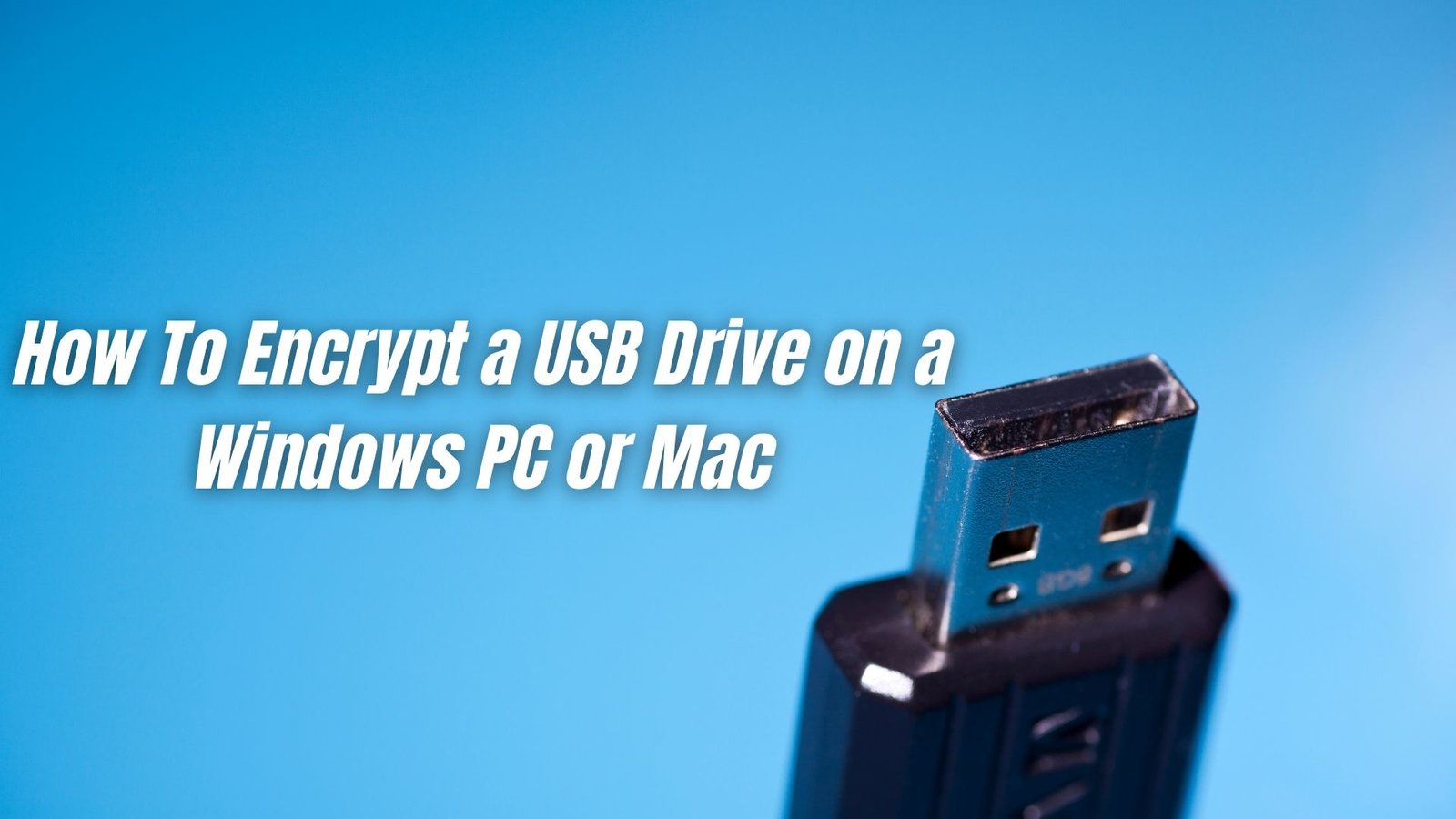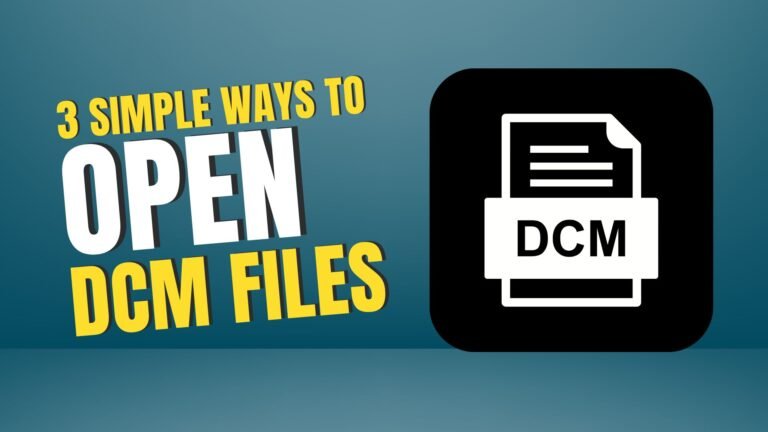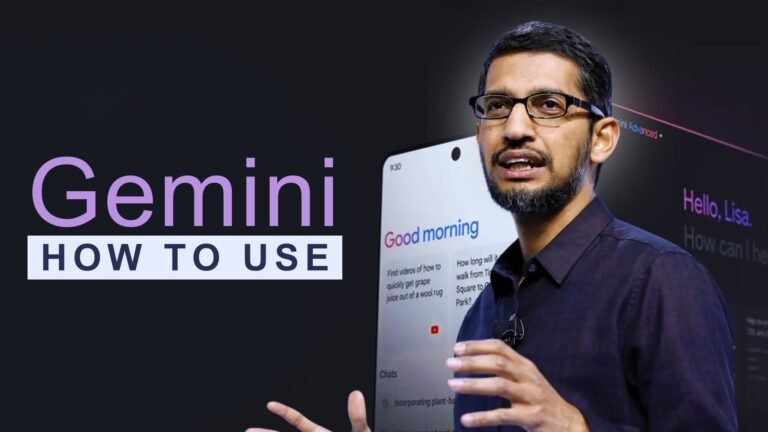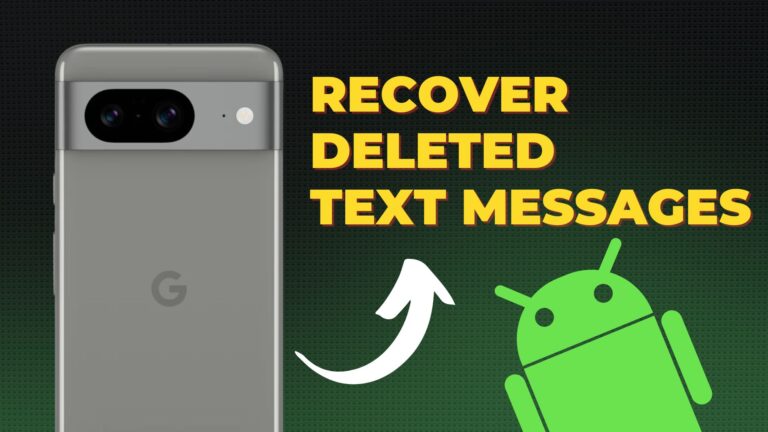Encrypting a USB protects the data on it by encrypting it with a key that is only known to you. It’s also worth taking all of these precautions if you’re really concerned about your data being stolen.
USB flash drives are an extremely useful tool for transferring data between computers and storing important files. However, if you don’t save the data on your own computer, it could be accessed by others.
If you’re new to encryption, there are a number of free resources available to assist you. On both Windows and Mac, we’ll show you how to encrypt a USB drive.
What is an encrypted or encrypted USB?
A USB can be encrypted in one of two ways: by using specialized encryption software or by purchasing a flash drive with modified hardware. If your encrypted USB stick is stolen, no one will be able to access the contents unless they have the key.
Some USB drives have a small chip built in that requires you to create a password the first time you insert the drive. Each time you want to access your files, you’ll have to type in the password. Aside from that, it functions similarly to a standard flash drive.
Because there are no additional settings available on a flash drive with encryption pre-installed, you have less flexibility. However, you won’t need to install anything else or worry about updates as a result of this.
You can also encrypt your flash drive using native software for Windows and macOS, as well as third-party applications. Software encryption gives you more flexibility by allowing you to choose your encryption algorithms. Advanced users should use this type of encryption.
How to encrypt a USB in Windows
There are several methods and tools to encrypt a USB in Windows. Both processes are extremely simple and can be done in a matter of minutes.
Bitlocker for USB encryption
On the one hand we have Bitlocker, a native encryption tool available in Windows 7 and later. To encrypt a USB stick with Bitlocker:
- Connect the USB to the computer and make sure it is completely empty.
- Go to your file explorer and find the USB.
- Right-click on the drive and select “Enable BitLocker” to install it automatically.
- Choose how you want to unlock the USB: you can use a password or a smart card (if your drive has one).
- In case you use a password, enter it following the requirements (uppercase, lowercase and numbers). Now you have to choose how to save the recovery key, either in a file or by printing it.
- Select “Encrypt only used disk space”.
- Choose the encryption mode. If you are only going to use it on Windows 10 and later computers, you can select the New encryption mode. Otherwise, you’d better choose Compatible encryption mode.
- Finally, click “Start Encryption” and wait. You will now have your USB encrypted with Bitlocker.
Veracrypt, alternative for USB encryption
Veracrypt is a great (and open source) alternative to BitLocker. It may require some additional steps to encrypt a USB, but it offers more flexibility and lets you choose its encryption and hashing algorithms. Download and install Veracrypt from its official website to follow these steps:
- Plug in your empty USB and open VeraCrypt. Click Create Volume.
- Select “Encrypt a non-system partition or drive”.
- Click “VeraCrypt Standard Volume”.
- Under Volume Type, click Select Device and browse to your USB.
- If your USB is empty, select Create encrypted volume and format it.
- On the next page you will be able to select hashing and encryption algorithms. If you are not sure what to choose, we recommend AES and SHA-512.
- In the Volume Size window, click Next, as you cannot change the size of your flash drive.
- Enter a strong password.
- In the Volume Format window, move the mouse until the progress bar turns green. Then click Format.
- Confirm the formatting and wait for the USB to encrypt.
How to encrypt a USB on Mac OS
Like Windows, macOS has built-in encryption software that you can use to password protect your USB flash drive. To do this:
Back up your files. Insert your USB and transfer the files on it to a safe place.
Open Finder and find Disk Utility.
Choose your device from the list on the left and choose a name.
Go to the Erase tab. In the Format box choose Mac OS Extended (Journaled, Encrypted). Here you can choose a name for your drive.
Create a password. A window will open asking you to enter a password. We suggest you make something strong but that you can remember, because if you lose this password, recovering your files will be difficult, if not impossible.
Encrypt your USB. The encryption process will begin when you click Choose. Once it is complete, place your files back on the drive. Your files are now encrypted and password protected.
Disadvantages of encrypting your USB
Although encrypting a USB secures your data and is preferable to not encrypting it, it comes with a number of disadvantages.
You can only decode and access data on the same operating system if you use a native encryption tool. If you want your data to be accessible from any operating system, you’ll need to partition your USB drive, make copies of your files, then encrypt each partition in a manner that’s compatible with that operating system.
Only the same encryption utility will be able to decode your data. You can encrypt a flash drive and make it compatible with the most prevalent operating systems, but you won’t be able to decrypt your information if you transfer them to a machine that doesn’t have the same encryption software. You may avoid this by partitioning your USB drive and encrypting your files while leaving the encryption software unencrypted. You can install the program to decrypt your files whenever you open the drive.
Free encryption tools are native to Windows and Mac OS, but they are not installed by default. Installing them is simple because their configuration files are already on your device; however, you must first locate and install them before you can use them.
So, should I encrypt my flash drive?
The value and type of information you store on a USB drive determine whether or not it is worthwhile to encrypt it. A fraudster is unlikely to be interested in a picture shoot of your dog or college writings you authored years ago on your USB flash disk. However, if you frequently transfer work files, legal documents, or contracts between machines, USB encryption is strongly recommended.






